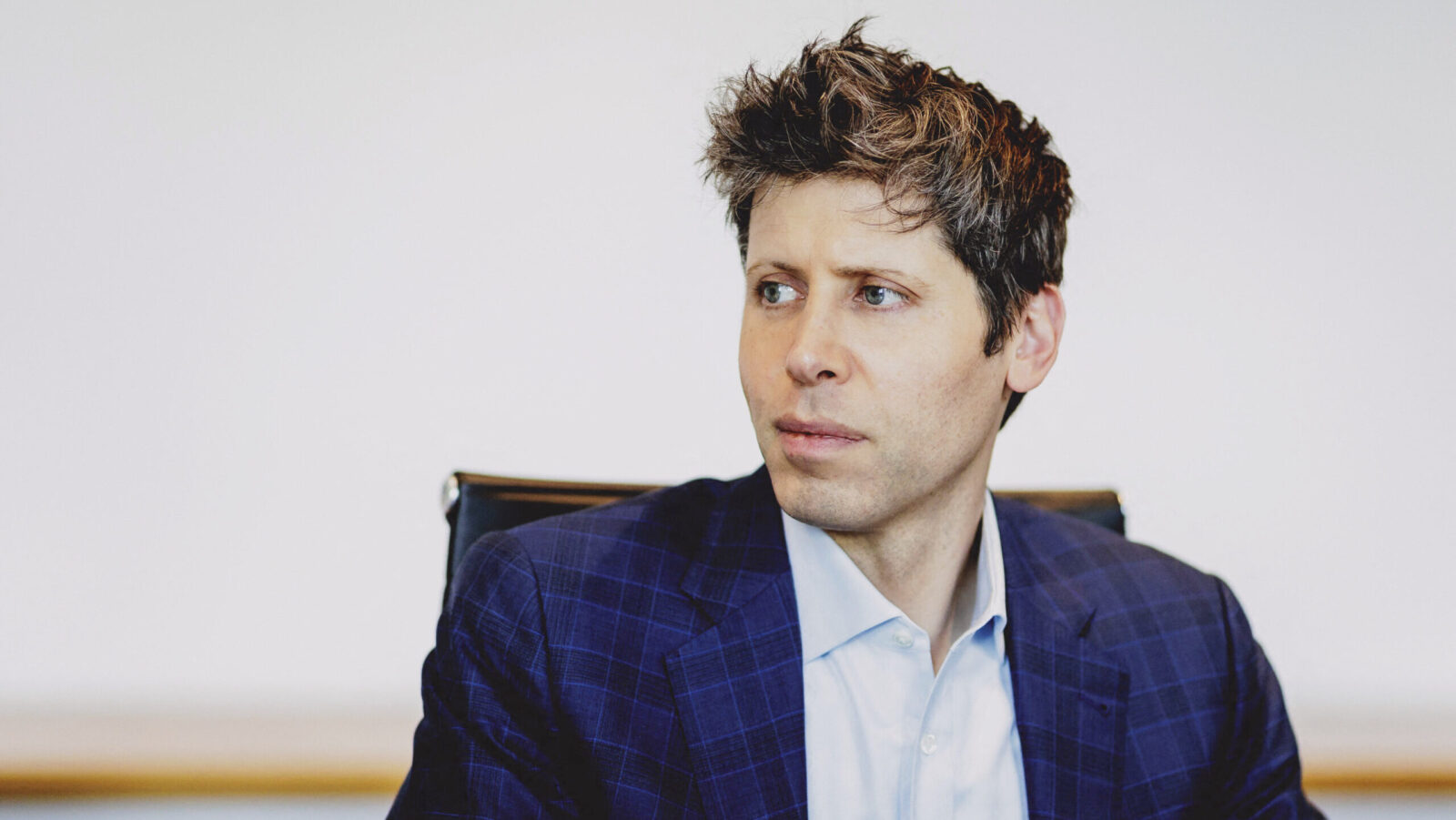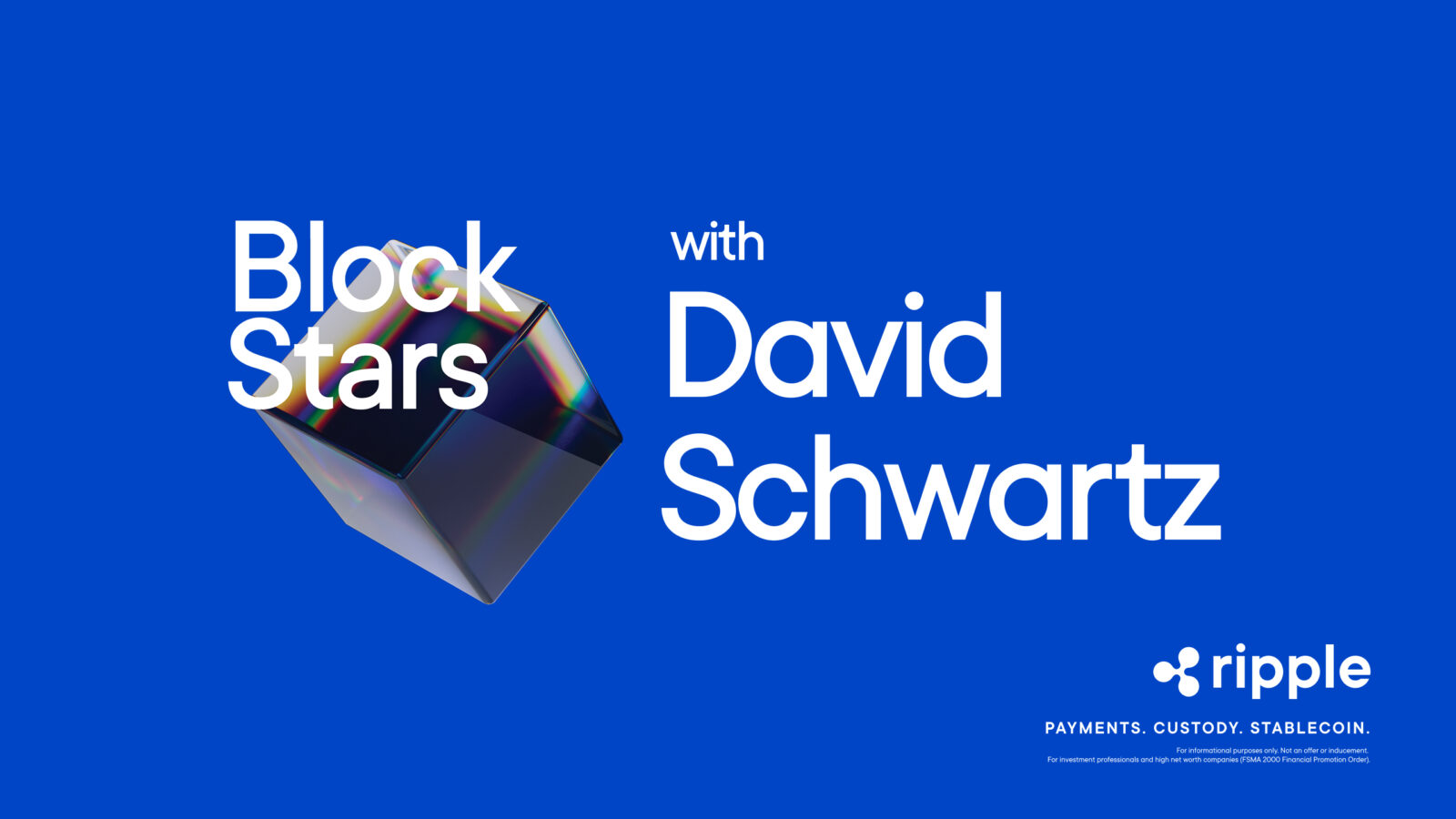Good morning and happy Monday.
RedBird Capital’s deal to buy The Telegraph newspaper for £500 million ($658 million) collapsed on Friday. The US private equity firm, which owns Italian football club AC Milan and a stake in the Boston Red Sox ownership group, spent two years trying to acquire the storied broadsheet. An initial attempt failed over concerns that the majority of its funding came from Abu Dhabi’s IMI group. British lawmakers then banned foreign sovereign wealth funds from controlling more than 15% in newspapers and periodicals.
RedBird returned with a bid that satisfied the new requirements, but The Telegraph’s own newsroom scuttled the second attempt: Editorial leaders commissioned a series of scathing articles blasting the potential new owners over alleged ties to China and characterizing them as a threat to the paper’s independence. That led RedBird to back out. Nice one, but we generally don’t recommend taking out an op-ed the next time you dislike your incoming boss unless it’s your own newspaper.
Trillion-Dollar Questions Bubble to the Top for OpenAI

Sam Altman knows where he wants to go. How he’s going to get there seems a little less clear.
As OpenAI steers toward an IPO at a stunning $1 trillion valuation (double its current valuation) — perhaps next year, according to Reuters — the company’s founder has begun floating the idea that the company could hit $100 billion in revenue by 2027. That would mark a substantial ramp-up from current revenue levels, as well as an accelerated timeline compared with previously reported internal estimates. Which begs the question: Is the ChatGPT-maker on a faster track than everyone thinks?
For Your Infer-mation
OpenAI’s $1 trillion target valuation is matched (or, rather, outmatched) by only one figure: its gargantuan $1.4 trillion compute commitments over the next eight years. Altman has pitched the spending as an investment that will pay off after a future boom in demand for OpenAI’s products. And already, demand is booming: Last month, the company claimed its flagship ChatGPT service now has 800 million weekly active users, up from just 500 million in March (for context: Meta claims Instagram has 3 billion monthly active users).
Now, the company is promising that its rapid user growth will soon be matched by rapid revenue growth. Internal documents seen by The New York Times a year ago showed the company expected to reach the $100 billion annual revenue mark in 2029. But in a podcast interview earlier this month, Altman said the company could now cross that threshold in 2027. It’s not the only case of numbers suddenly shifting:
- The CEO also stated that OpenAI is on track for “well more” than $13 billion in revenue this year, which aligns with what CFO Sarah Friar told CNBC in September. In financial disclosures to investors earlier this year, seen by The Information, the company claimed to have generated just $4.3 billion through the first six months of 2025.
- Reporting based on internal OpenAI documents last week from the Financial Times and independent tech journalist Ed Zitron suggests that the company may have burned more cash on AI inference costs than previously reported. Expenses in the first half of 2025 may have reached as high as $5 billion, compared with previous reports of $2.5 billion. Translation: Running costs for large-language models remain very high.
Anthro 101: Still, profitability may not be far off, and in a recent interview with The Wall Street Journal, Friar said it could break even sooner rather than later if it wanted to. A separate analysis from The Wall Street Journal last week pegged the company’s break-even point as 2030. Meanwhile, its somewhat smaller-profile rival Anthropic, founded by an ex-OpenAI employee, could reach profitability as soon as 2028, according to internal documents seen by the WSJ. While OpenAI has focused on rapid consumer user growth, Anthropic has been more focused on business clients and has committed less capital to its data center buildout.
Get The Digital Asset Download From David Schwartz

Finance is changing. Across industries, across sectors, and across the world.
And Ripple is making it happen. Ripple has spent over a decade developing innovative blockchain solutions for global financial institutions and businesses of all shapes and sizes, and they’re pouring as much of that experience as possible into their Block Stars podcast.
With industry expert David Schwartz as host, Ripple delivers the freshest insights to keep you ahead of the curve when it comes to innovations and opportunities in the digital asset space.
Better still, the episodes are perfectly commuter-sized, designed to bring you up to speed from the comfort of your train, bus, car, plane or however else you get to work.
Bitcoin Struggles to Bounce Back from Deleveraging Crisis
Crypto’s slump continued last week, with bitcoin sinking further below the $100,000 mark to a six-month low. The overall market cap for all digital assets had fallen to $3.3 trillion as of Friday, down nearly a trillion dollars from early last month.
Analysts at 10x Research said crypto’s officially in a bear market, Bloomberg reported. That would mean bitcoin hasn’t hit bottom yet: In previous bear markets, it fell 30% to 40%, and it has so far fallen 20% from its 2025 peak in this cycle.
But other experts say signs point to a short-term slump rather than the start of a prolonged downturn. In part, that’s because the event that sparked the initial slide, a massive deleveraging of crypto assets, has largely subsided.
Unwinding Aggressive Bets
Crypto’s current downturn began when investors deleveraged all at once, rapidly exiting futures contracts where they had previously predicted a rapid rise in bitcoin. On October 10, investors liquidated nearly $19 billion in leveraged crypto positions, a record single-day wipeout. On that day, President Trump’s announcement of 100% tariffs on China, which came after Wall Street’s closing bell, catalyzed the deleveraging event in which investors turned to the 24/7 trading world of crypto to play out their fears.
A little panic can go a long way in a market where traders are using leverage:
- Roughly 1.6 million traders who had essentially borrowed money to hold larger positions saw their contracts closed as bitcoin’s price quickly fell below the margins they had predicted it would stay between. These automatic closures cascaded, putting more downward pressure on bitcoin’s price, which caused more leveraged positions to be forcibly liquidated, and so on.
- A month later, open interest in bitcoin futures, options and perpetual contracts is still hovering around $140 billion, a dramatic drop from the $220 billion of outstanding contracts before the October 10 crash. When it comes to predicting whether bitcoin will continue to bottom out or bounce back, optimists and pessimists are both holding billions on either side of the price spectrum. Interest in contracts at the $90,000 and $95,000 level has surged, according to Derebit data.
Hard Reset: Some experts argue that this was a necessary and expected cleanout of leveraged positions, which could reset the market for a healthier 2026. In the meantime, investors will be watching for where bitcoin hits bottom. JPMorgan analysts estimate that it could be buoyed above a floor price of $94,000 and within a year could rise as high as $170,000.
‘Big Short’ Investor Michael Burry Shut Down His Fund. So Now What?
Warren Buffett once likened Michael Burry to Cassandra, the mythological Trojan priestess who was cursed by Apollo so that her prophecies, while true, would never be believed.
The famed “Big Short” investor won big in 2008 after bucking Wall Street and betting against the US housing market. Last week, the bullish AI trade became his latest target. Burry’s plans for his latest prophecy are a mystery, however, as he deregistered his hedge fund. He promised “much better things” are coming.
The Next Chapter
As a character in the popular imagination, Burry is well established, thanks to his role in the Michael Lewis bestseller The Big Short and the subsequent movie adaptation, in which he was played by Christian Bale. He’s the socially awkward medical doctor turned hedge fund wunderkind who cites his one glass eye, the result of childhood cancer, as the reason he sees markets differently. He’s the Pantera-loving metalhead who spotted patterns foretelling the meltdown that triggered the Great Recession. By shorting the US housing market ahead of the 2008 crash, he made more than $700 million for his clients, many of whom initially rebelled, thinking he was crazy for defying the banks and ratings firms that call the shots on Wall Street.
Naturally, when the cult hero or curiosity, depending on one’s view, launched a social media broadside against the artificial intelligence trade that has fueled this year’s market rally (and to inform people that he is not 5 feet 6 inches tall), people took notice. He alleged that the tech giants spending billions on cloud and AI infrastructure are understating their depreciation expenses by forecasting unreasonably long life cycles for their semiconductors. He said this “artificially boosts earnings” and pointed the finger at Oracle and Meta, specifically, writing their earnings could be overstated by 27% and 21%, respectively, by 2028 (Meta and Oracle did not respond to requests for comment). Burry’s Scion Asset Management, as of the end of September, also held bearish put options on Nvidia and Palantir, which led the latter’s CEO to mock him as “bats— crazy.” But now, Scion is shutting down, and Burry’s next move is unclear:
- In an October 27 letter to investors explaining his decision to close the firm, he wrote: “My estimation of value in securities is not now, and has not been for some time, in sync with the markets.” He told them Scion’s funds will be liquidated and their capital returned to them by the end of the year.
- Whatever his next move is, Burry said in a tweet that he will move “on to much better things” on November 25, two days before Thanksgiving. Whether that’s brining the turkey or a new venture remains to be seen.
Clifton-Hanger: Before ending the letter to his investors, Burry advised them to reach out to his protege, Phil Clifton, about his “coming endeavors.” Maybe that’s who will have news before the holiday?
Extra Upside
- Living Better: Walmart CEO Doug McMillon, 59, surprised investors Friday with an unexpected retirement announcement. Having led the company through a period of sustained growth, he will hand things over to his successor John Furner, the head of the retailer’s US operations, who starts on February 1.
- Fröit Mi: Swiss business leaders, who visited President Donald Trump in the Oval Office earlier this month and brought him gifts including a gold Rolex, apparently charmed him so much that the US agreed to slash its 39% tariff on exports from Switzerland to 15%.
- Stay On Top Of The Block. Informative bite-sized blockchain insights with commuter-length editions of Block Stars – a Ripple podcast hosted by David Schwartz. Listen to Block Stars here.*
* Partner

